CricViz: Worst summer for spin in Australia in three decades could force England Ashes shake-up
Spin played its smallest role in an Australian summer in three decades, and while Nathan Lyon might be the GOAT, his returns against India could force a major rethink for England.
Cricket
Don't miss out on the headlines from Cricket. Followed categories will be added to My News.
Despite the unsociable hours, England’s Test team will have watched this latest Border-Gavaskar series with interest.
On the face of it, Ben Stokes and co should be quaking in their boots, with Australia emerging 3-1 winners with some strong individual performances from Steve Smith, Scott Boland and captain Pat Cummins.
However, the nature of the cricket England have seen, rather than the result, will have drawn their attention.
Stokes and Brendon McCullum have spoken a lot about preparing for traditional Australian pitches – but as we have seen this summer, those flat, fast pitches are quite a bit rarer now.
The more pronounced seam on the new Kookaburra has led to far more lateral movement; in the past few years, the average seam movement in Australia has increased by roughly 25 per cent.
Chris Page’s arrival as curator at the MCG has transformed Boxing Day Tests into far more sporting spectacles.
Elsewhere, decisions have been made to bring seamers into the contest, such as Adam Lewis’ move to use a type of grass at the SCG which induces far more movement off the surface. This nationwide shift has had an effect: the average Test here in recent years has been 3.4 days long, well down from around 4.1 days a decade ago.
That’s led to summers like this one, where spin plays a much smaller role.
Nathan Lyon bowled just 123 overs across the series, the fewest he has delivered in a home summer.
Broadening it out, just 19 per cent of deliveries this summer were by spinners, the fewest in over 30 years.
Spin did reasonably when it was bowled, averaging just over 41, but it’s a combination of spicy pitches and rain sidelined slow bowlers on both sides.
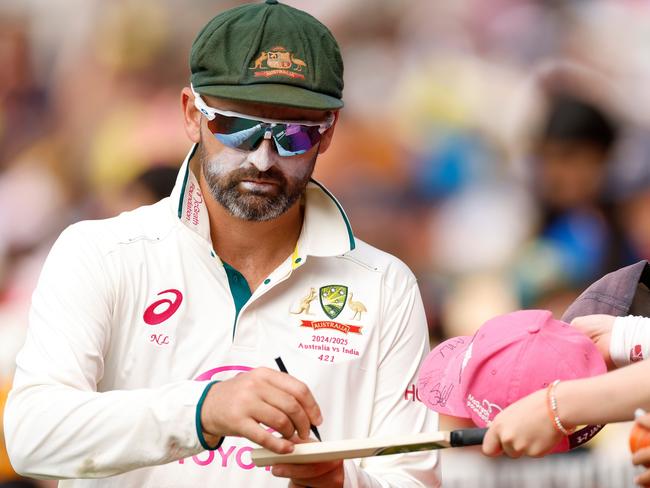
So the question for the England selection panel is really – do you need to pick a spinner in the Ashes?
In general, a key reason for picking a spinner is that as the game progresses they become more effective than the quicks, but that isn’t the case in Australia. Pace remains more effective on every day of Tests here.
England’s incumbent slow bowler is 21-year-old offspinner Shoaib Bashir.
He debuted in India at the start of last year, performing reasonably well with 17 wickets at 33. However, since then he has found life tougher, that average rising to 44 after his debut series. A talented but unproven youngster, Bashir has shown flashes of quality at the top level but the numbers speak for themself: of the 31 bowlers since the start of last year to deliver 1000-plus balls, Bashir’s bowling average (40.16) is the worst of everyone barring the now retired Tim Southee.
Yet this England won’t be overly concerned. Rather than his numbers, much has been spoken about Bashir’s attributes, a common approach to selection in the Bazball era.
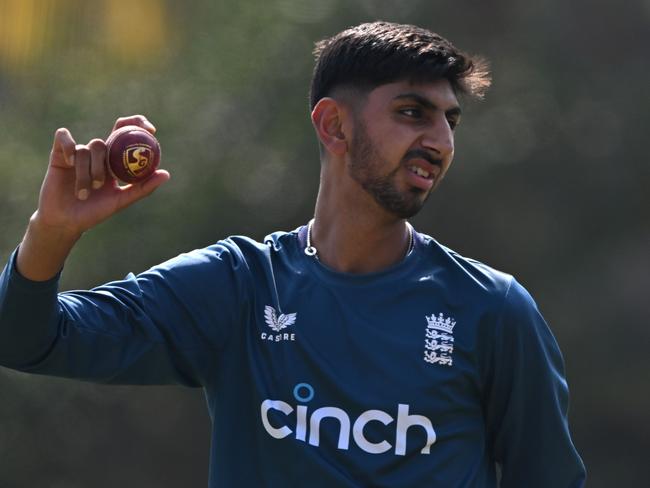
Bashir is exceptionally tall for a spinner, releasing the ball 2.3m from the ground, the third highest in CricViz’s database, which goes back to 2006.
England believe that his height will help him get bounce on Australian pitches that offer less assistance for side spin, which clearly makes sense.
For that reason, England have backed him heavily, given their prioritisation of Ashes cricket.
However, if you take Lyon as the model of how to bowl finger spin in Australia, him and Bashir are very different bowlers.
Lyon certainly releases the ball lower than Bashir – around 20cm lower in fact – and that does mean that Bashir finds 10-15 per cent more bounce from a good length than the Australian.
More importantly though, Lyon puts far more onto the ball in terms of revolutions.
The effect of this is that he gets around 35 per cent more drift than Bashir, and about 20 per cent more dip, giving him a far greater chance to beat the batter through the air rather than off the pitch.
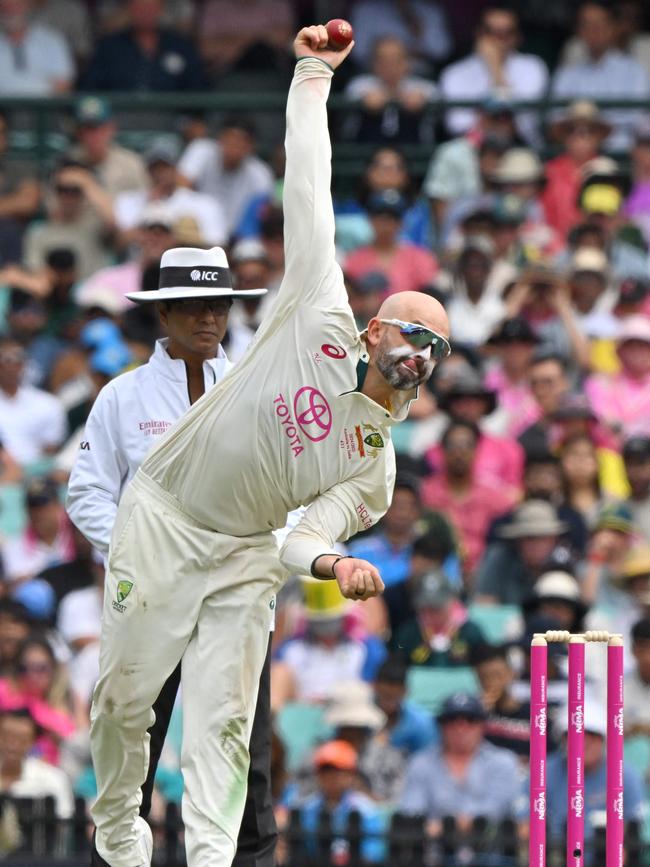
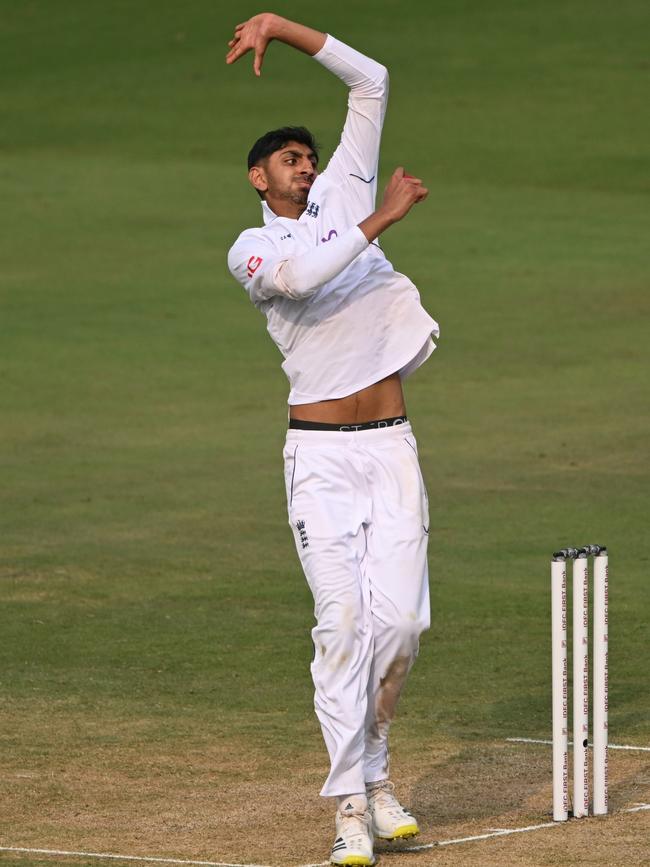
Bashir can improve in this area and England’s decision to back him is aiming to give him the chance to do so, but right now he isn’t quite the bowler they think he is.
This is not to overly criticise Bashir. Touring Australia as a Test spinner is among the hardest challenges in the game and from an English perspective, success is rarer still.
Graeme Swann in 2010/11 managed to offer control but even he couldn’t bring consistent attacking threat; you have to go back to the 1970s for an English spinner to average less than 30 in an Australian Ashes series.
What’s more, success as a novice spinner is even rarer. There have only been 10 instances of a spinner 23 or younger coming to Australia, and bowling 100 overs in a Test series.
The last man to do it was Daniel Vettori in 2001/02; the last man to do it and average less than 30 was Ravi Shastri, in 1985/86.
If Bashir plays, and succeeds, then he will have achieved something truly special.
But if England are pragmatic, they should give plenty of thought to Bashir’s non-selection.
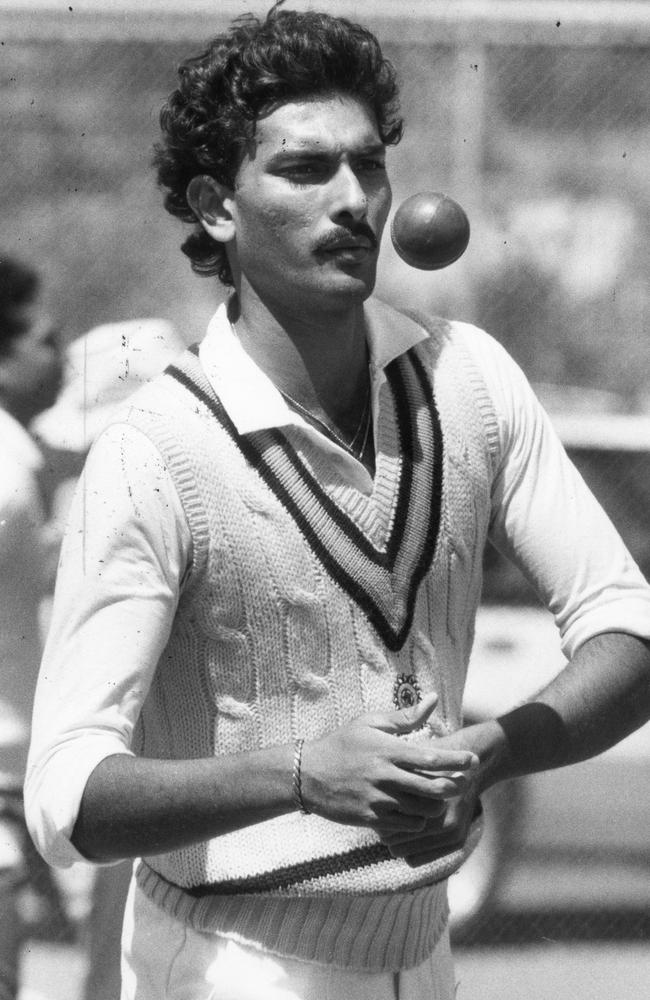
On simple average comparisons, every one of the quick bowlers have better records than him.
In terms of his role, Bashir has shown little ability to hold up an end: part-timer Joe Root has a lower economy, and lands a higher percentage of his deliveries on a good line and length.
Stokes will be 34 by the time the Ashes begins, and his body has been struggling for a long time. He’s a warrior, and will give it his all but England are taking a gamble on his fitness as a frontline bowling option.
The possibility of losing him mid-game, then left with just three frontline seamers plus Bashir, is a worrying one.
Picking four seamers protects Stokes, but also the seamers themselves, sharing the workload more evenly that would be the case with Bashir.
While England have gained a deserved reputation for backing players through poor form, they have also shown a ruthless streak.
Jonny Bairstow was disposed of as soon as Jamie Smith was deemed ready and James Anderson was given just one Test, not a whole summer, to say goodbye.
Vice-captain Ollie Pope is far from secure in his place, given the emergence of Jacob Bethell. If England sense that there’s a better option, they jump on it – and with Bashir in Australia, that is clearly the case.
More Coverage
Originally published as CricViz: Worst summer for spin in Australia in three decades could force England Ashes shake-up




